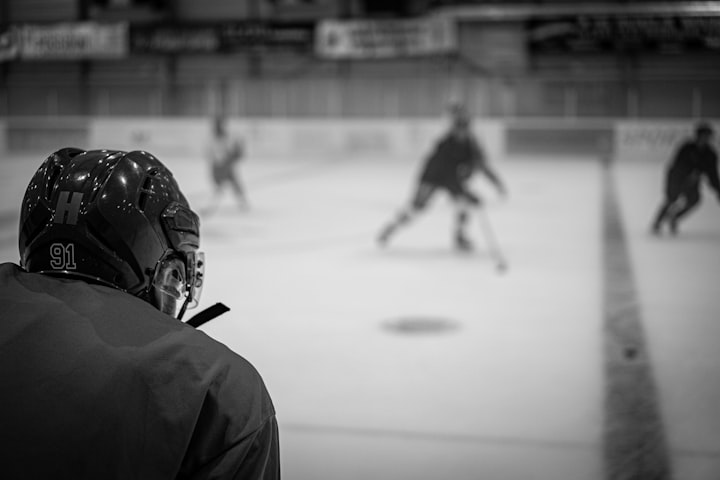Field Hockey VS Ice Hockey
Comparison between the 2 popular types of hockey

Hockey is a popular sport that is played around the world in a variety of different settings. While there are many different types of hockey, two of the most popular are field hockey and ice hockey. Despite some similarities, there are many differences between the two sports in terms of rules, equipment, and gameplay.
Equipment
One of the biggest differences between field hockey and ice hockey is the equipment used in each sport. In field hockey, players wear shin guards, mouthguards, and a helmet with a face guard. They also use a stick that is made of wood, fiberglass, or composite materials and has a flat side and a rounded side. The ball used in field hockey is typically made of hard plastic and is small and lightweight.
In ice hockey, players wear more extensive protective equipment, including helmets with full face guards, shoulder pads, elbow pads, shin guards, and gloves. They also wear skates and use a stick that is longer and heavier than a field hockey stick. The puck used in ice hockey is made of hard rubber and is much heavier than a field hockey ball.
Playing Surface
Another key difference between the two sports is the playing surface. Field hockey is played on a grass or artificial turf field that is typically 100 yards long and 60 yards wide. The goal is 7 feet high and 12 feet wide. There are no walls or barriers surrounding the field, and players must stay within the designated playing area.
In ice hockey, the game is played on an indoor rink made of ice. The rink is typically 200 feet long and 85 feet wide, and there are boards surrounding the rink that players can use to bounce the puck off of. There are two goals, each consisting of a net that is 6 feet wide and 4 feet tall.
Rules
The rules of field hockey and ice hockey also differ in several ways. In field hockey, players are not allowed to use their feet or any other part of their body to touch the ball. The stick must be used to move the ball, and players are not allowed to hit or swing their sticks at other players. Additionally, there is no offside rule in field hockey, meaning players can move anywhere on the field.
In ice hockey, players are allowed to use their skates, sticks, and bodies to move the puck. Physical contact between players is also allowed, and players can check each other against the boards surrounding the rink. There is also an offside rule in ice hockey, which means that players must stay onside by keeping at least one skate on their side of the blue line until the puck has entered the attacking zone.
Gameplay
Despite some similarities, the gameplay of field hockey and ice hockey is quite different. In field hockey, the game is typically played with 11 players on each team. The game is started with a "push-back," where the ball is placed in the center of the field and two players from each team attempt to gain control of it. The object of the game is to score more goals than the opposing team by hitting the ball into the goal using the stick.
In ice hockey, the game is typically played with six players on each team, including a goalie. The game is started with a faceoff, where the puck is dropped between two opposing players at center ice. The object of the game is to score more goals than the opposing team by shooting the puck into the opposing team's net using the stick.
Conclusion
In conclusion, while field hockey and ice hockey share some similarities, they are fundamentally different sports with distinct rules, equipment, and playing surfaces. Field hockey is played on a grass or artificial turf field with a small ball and a wooden or composite stick, while ice hockey is played on an indoor rink with a heavy puck and long





Comments
There are no comments for this story
Be the first to respond and start the conversation.